
Vegetative regrowth
Here the root system has obviously been damaged by a grader (or something) working on the track, and the new trees are crowded densely on the old woody root system with current growth less than 30 cm high. The area shown was perhaps 30-40 square metres of Angophora hispida.
The two pictures below show regrowth immediately after the 2007 fires, and in both, you see the lovely colour of the new leaves, together with their hairiness which gives the species its name.
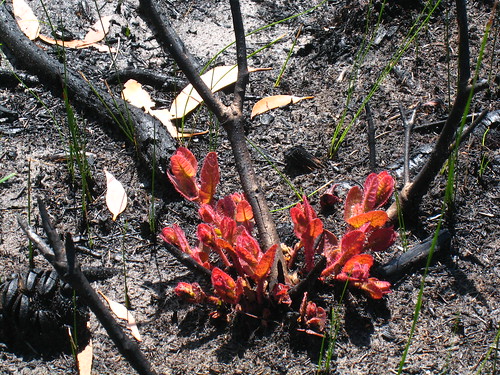
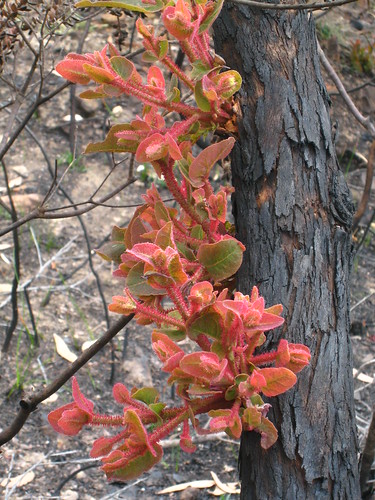
Below are the nuts. And here you see, too, the opposite leaves which are a feature which distinguishes this genus from the Eucalypts. In the second photo of the nuts, you see that hairiness is also a feature of the stalks which join the nuts, and the nuts themselves.


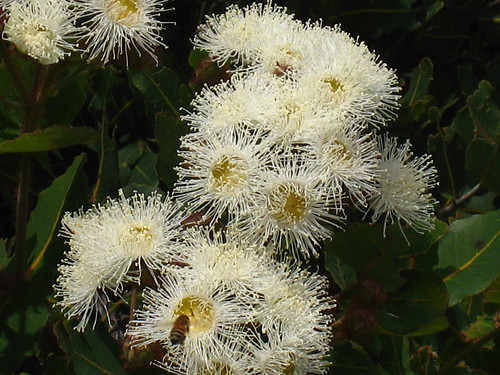
When this plant flowers, it is covered in blossom and buds, and is generally covered in ants which (I think) play a role in fertilisation.
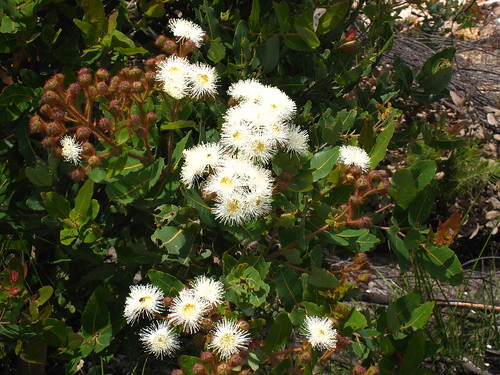
Finally, on the spine of West Head, near the Basin track, you can see how this species, like so many of our trees, sheds its leaves and becomes skeletal in response to difficult times.
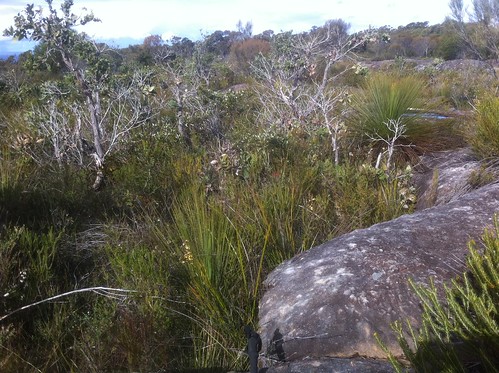
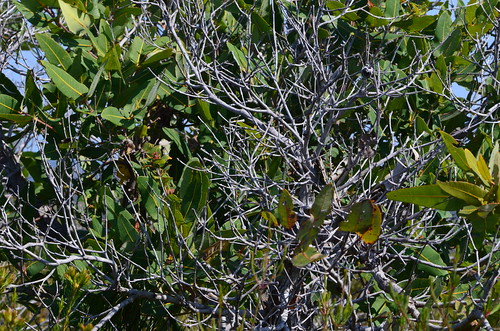
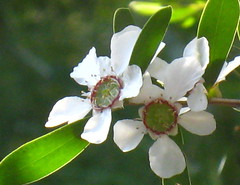
No comments:
Post a Comment